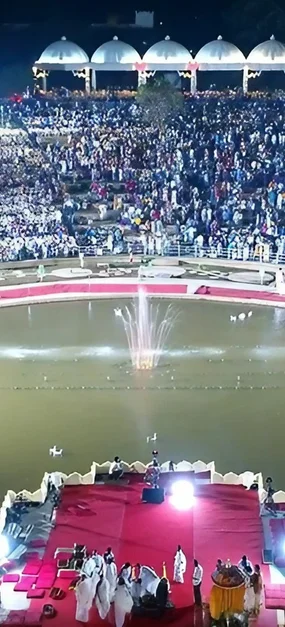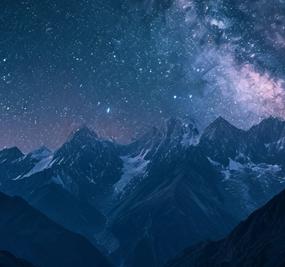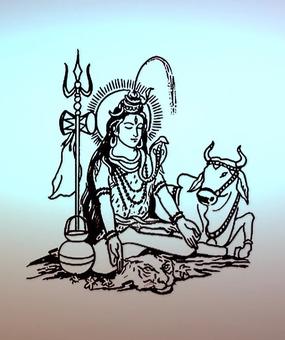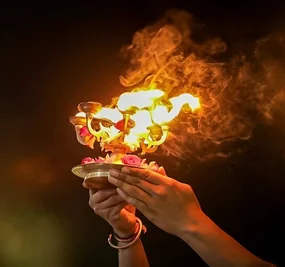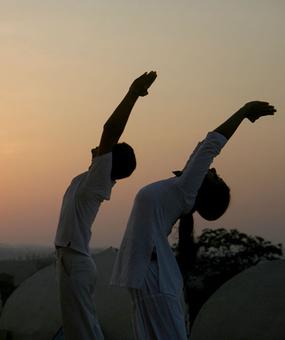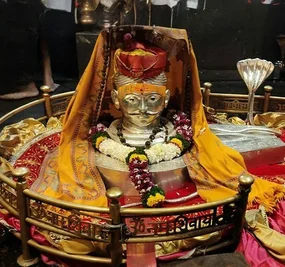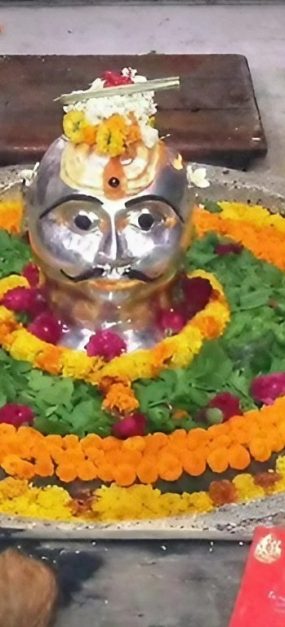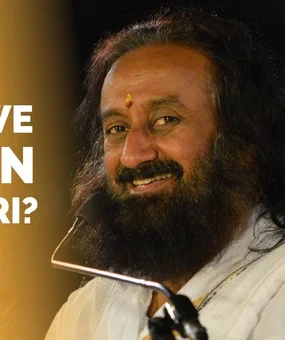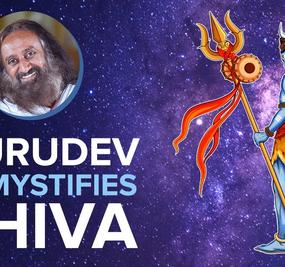Jyotirlingas are sacred shrines of Lord Shiva; it is believed that Lord Shiva himself visited these places and hence they have a special place in the hearts of devotees. There are 12 of them in India.
Jyotirlinga means ‘column or pillar of light’. The ‘stambha’ symbol represents that there is no beginning or end.
When Lord Brahma and Lord Vishnu had an argument about who was the supreme god, Lord Shiva appeared as a column of light and asked each one to find the ends. Neither could do it. It is believed that the places where these columns of light fell is where the jyotirlingas are located.
Of the 12 jyotirlingas, Vishweshwar or Vishwanath Jyotirlinga is the most famous as it is considered one of the holiest shrines in the world. Vishwanath means ‘Ruler of the World or Universe.’
Where is the Vishweshwar Jyotirlinga located?
It is located in Varanasi in Uttar Pradesh, India, on the western bank of the Ganga River. Varanasi was formerly called Kashi, and so this temple is popularly known as Kashi Vishwanath temple.
History of Vishweshwar Jyotirlinga
The earliest mention of this temple is in the Puranas.
It has been demolished by Qutb-ud-din-Aibak in 1194 AD and then by other invaders over the centuries including Mughal emperor, Aurangazeb, in 1669, who built a mosque on its site.
It was re-built by various rulers including Mughal emperor Akbar’s general, Raja Man Singh, and his finance minister, Raja Todar Mal.
The current structure was built on an adjacent site by Maratha ruler, Rani Ahilya Bai Holkar, of Indore, in 1777.
Special features of Vishweshwar Temple
The jyotirlinga is at the center of the sanctum on a silver altar. There are shrines to other gods such as Vishnu, Vinayaka, Kalabhairav and Saneeshwara.
There is a well inside the temple, which is called the wisdom well or jnana vapi. It is believed that the linga was hidden here when the Mughals came to destroy the temple.
The spire or shikhara was plated with gold donated by Maharaja Ranjit Singh (who ruled the North-west of the Indian subcontinent) in 1835. Since its three domes are gold-plated, tourists call it the ‘Golden Temple of Varanasi’.
What is the story behind Vishweshwar Jyotirlinga?
It is believed that Lord Shiva lived here but his mother-in-law was unhappy with his abode. To please his consort, Goddess Parvati, Lord Shiva requested the demon, Nikumbha to make the place suitable for his family at Kashi. Parvati was so pleased with the residence that she offered food to everyone and that is why she is worshipped as Annapoorani or Annapurna. Even Lord Shiva is believed to hold a begging bowl in front of her, seeking food.
Interesting facts about Vishweshwar Jyotirlinga
- It is believed that those who live or/and die in Kashi will attain Moksha or enlightenment. Any act of goodness here will eliminate all sins.
- Kashi is one of the oldest cities in the world.
- It is believed that if you see the golden spire and then make a wish, it comes true!
While you can visit this spiritual spot at any time in the year, it would be best to visit it during winters between October and March. Visiting this ancient and divine destination during Mahashivratri would be the ultimate treat for any devotee!
Read about other Jyotirlinga Temples
- 12 Jyotirlingas in India
- Trimbakeshwar Jyotirlinga
- Rameshwaram Jyotirlinga
- Kedarnath Jyotirlinga
- Grishneshwar Jyotirlinga
- Mahakaleshwar Jyotirlinga
- Mallikarjuna Jyotirlinga
- Bhimashankar Jyotirlinga
- Omkareshwar Jyotirlinga
- Nageshwar Jyotirlinga
- Somnath Jyotirlinga
- Baidyanath Jyotirlinga
- Vishwnath Jyotirlinga



